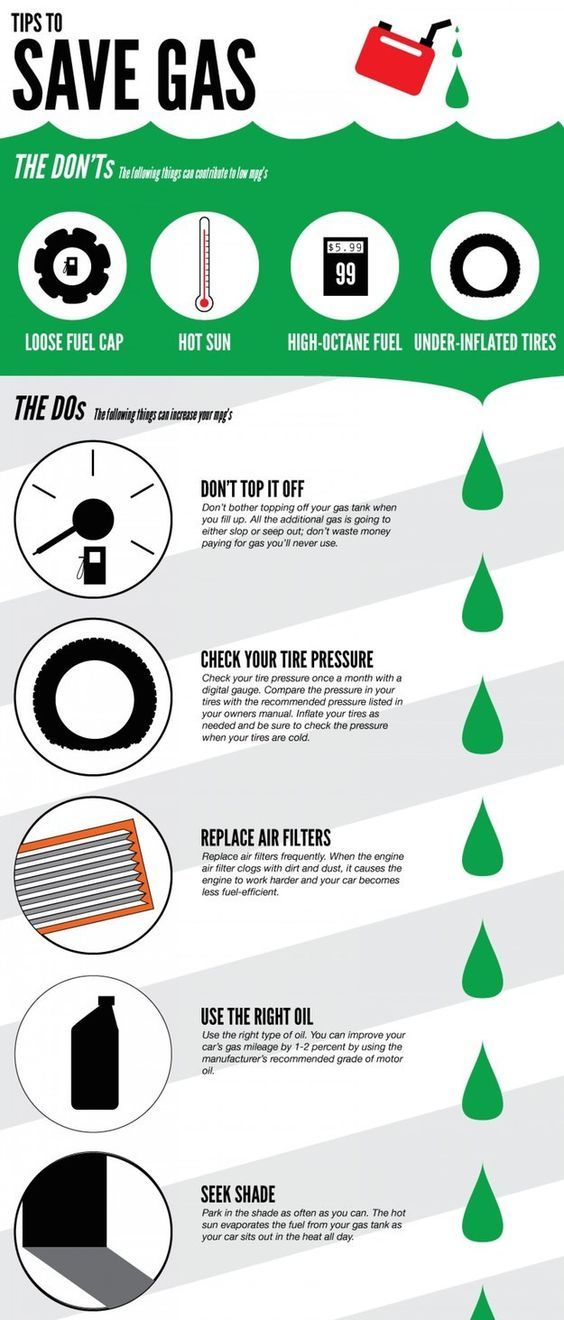How often you change your tires depends on a number of factors including what sort of car you own, where and how you drive it, and how well you care for your tires. Responsible drivers should be aware of the basics about tire wear, how to test for wear, and know how to decide when they should change their tires.
Tires are constructed with a pattern of grooves and ridges on their surfaces, which is referred to as tread. Tread increases a car's traction on the road and diverts water from beneath the tire in wet conditions. Although tires are designed to provide reasonably consistent performance throughout their lifetimes, tread does wear down over time and gradually becomes less effective.
The nature of the compound that particular tires are constructed of largely determines whether one tire will wear down more quickly than another. Tires made of softer compounds provide greater responsiveness and braking performance, but they also wear down quicker. Most tires are considered to have a life of between 25,000 and 50,000 miles before they need to be replaced. However, these numbers are only averages. A car owner's manual can include specific recommendations regarding how often and in what manner tires should be replaced for a particular model of car.
How often tires should be changed depends not only on the tires but also on usage. Fast cornering, heavy braking and rough road surfaces can all wear tires down significantly. Poor maintenance and overloading are also detrimental -- the National Highway Traffic Safety Administration (NHTSA) recommends that drivers check tire pressures at least monthly. Tires also degrade even when they are not being used. The NHTSA recommends that tires be replaced every six years regardless of the number of miles driven.
Proper inflation is the Holy Grail of tire maintenance. Too much or too little air in your tires is guaranteed to cause you trouble and uneven or excessive wear over time. Check your owner's manual or the label inside the driver's door for the recommended inflation pressure for your car's tires.
If you are considering buying a used car, it is worth inspecting the tires of the prospective vehicle and asking some questions about their maintenance and general usage. This will allow you to estimate whether you will also need to purchase a new set of tires as well as the vehicle itself.
When assessing your tires, you will definitely need to measure the amount of tread remaining. There are three methods for doing this, and several measurements should be taken on each tire to ensure a reliable assessment of its overall condition. The first method is to look at the tread wear bars, which are little rubber bridges in the grooves between the ridges. If these bars are level with the tread pattern, then the tire has only 1/16th of an inch of tread remaining and must be replaced.
Another test is known as the penny or quarter test, which involves inserting a penny or quarter into the center of the tread between two ridges with the image of Lincoln's or Washington's head facing toward you. If you can see the very top of the head, or worse, the space above the head, then the tire needs replacing immediately. If only some hair is visible, then it is time to consider purchasing new tires, though the need is not so urgent. If some of the forehead is concealed, there is still adequate tread.
If you can see the very top of the head, or worse, the space above the head, then the tire needs replacing immediately. If only some hair is visible, then it is time to consider purchasing new tires, though the need is not so urgent. If some of the forehead is concealed, there is still adequate tread.
The third option for measuring tread is to buy a depth gauge. As these are cheap, easily available at auto parts shops, and simple to use. They are often a worthwhile investment and have the advantage of providing a more accurate measurement than the other methods.
It is also important to inspect the tires for other problems such as cuts or slashes, visible wires, or damage to the sidewall of a tire. Tires may also wear out irregularly, which can decrease the life of a tire and may be related to poor wheel alignment or suspension issues. These should be addressed during car service or at a tire workshop. Tire rotation may be helpful but is not feasible for all models of car, many of which use wider rear tires.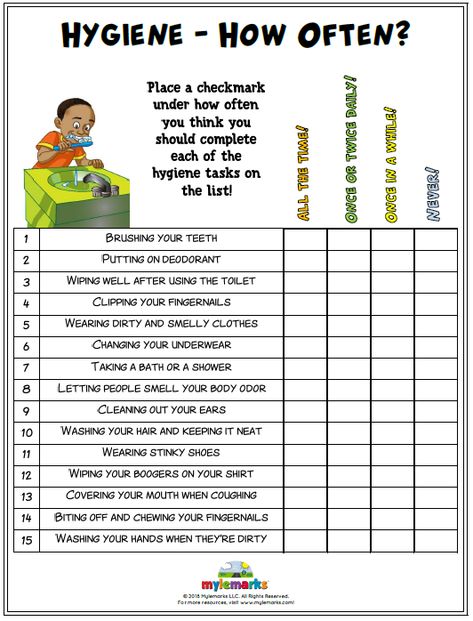
The type of tire you use will give you a part of the answer to the question of how often you should change your tires. However, the way in which you use your vehicle and care for your tires can alter their longevity significantly. It is worth familiarizing yourself with the section of your vehicle's manual that addresses tire selection and care as well as ensuring that you inspect your vehicle's tires at frequent intervals to judge whether it's time to replace them.
We believe everyone should be able to make financial decisions with confidence. And while our site doesn’t feature every company or financial product available on the market, we’re proud that the guidance we offer, the information we provide and the tools we create are objective, independent, straightforward — and free.
So how do we make money? Our partners compensate us. This may influence which products we review and write about (and where those products appear on the site), but it in no way affects our recommendations or advice, which are grounded in thousands of hours of research.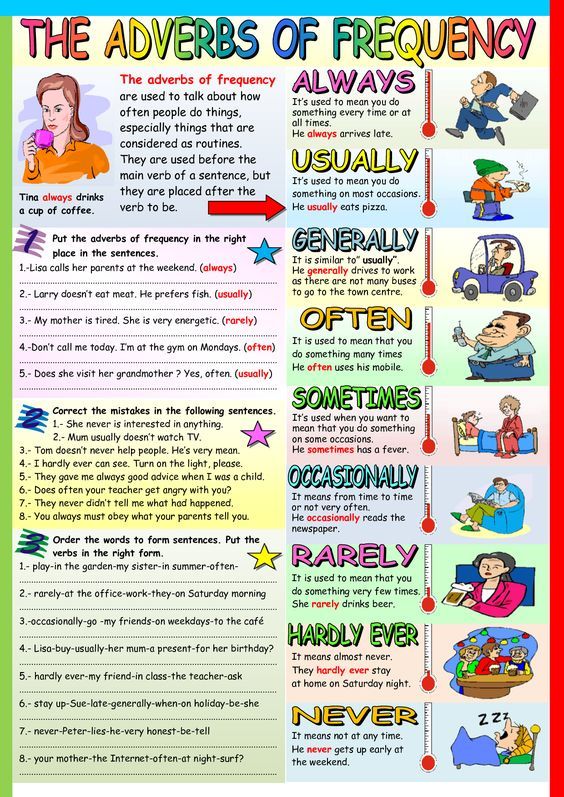 Our partners cannot pay us to guarantee favorable reviews of their products or services. Here is a list of our partners.
Our partners cannot pay us to guarantee favorable reviews of their products or services. Here is a list of our partners.
When the tread depth gets too low, or your tires are 6 years old or older, it's time for new rubber.
Many or all of the products featured here are from our partners who compensate us. This may influence which products we write about and where and how the product appears on a page. However, this does not influence our evaluations. Our opinions are our own. Here is a list of our partners and here's how we make money.
Your tires look fine but, then again, they’ve been on your car a long time. So you might have the nagging thought: When should I change my tires?
In addition to a blowout or a flat, there are two factors that will help you determine when you should replace your tires: tread depth and manufacture date.
When the tread is worn down, tires lose traction during braking and won’t grip the road well when driving in the rain, ice and snow.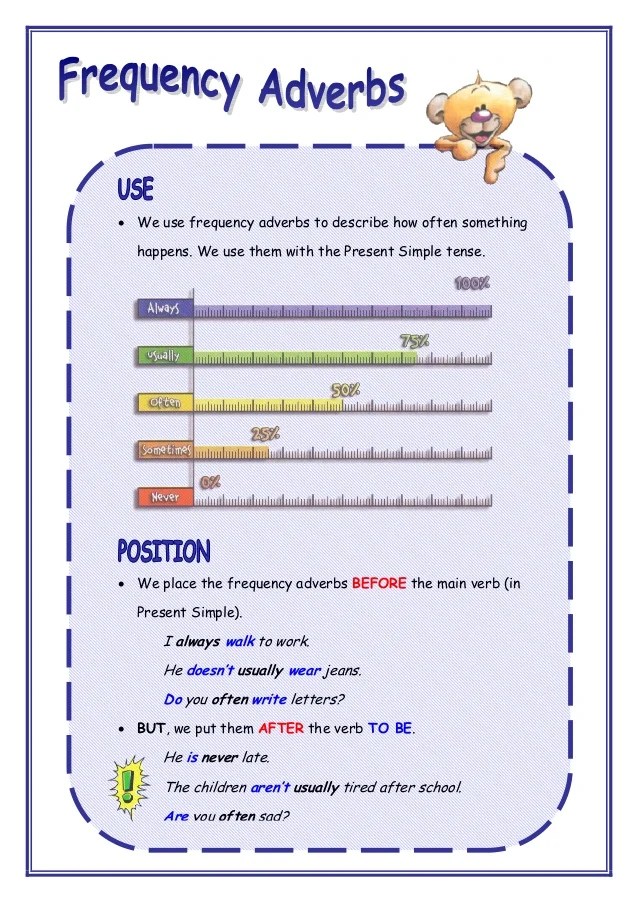 But even if there’s plenty of tread left, tires should be replaced if they’re too old, at least every six years. That's because over time, the rubber will dry and crack, possibly leading to a blowout or flat tire.
But even if there’s plenty of tread left, tires should be replaced if they’re too old, at least every six years. That's because over time, the rubber will dry and crack, possibly leading to a blowout or flat tire.
We’ll tell you how to check your tread depth to find out if your tires are still safe and how to determine when your tires were manufactured to see if it’s within the time period recommended by experts.
Here’s a quick look; read on for the details:
Replace your tires… | How to tell it’s time |
|---|---|
When tread depth is too low | Use the quarter and penny tests |
At least every six years | Check the manufacture date on tire wall |
Because you’ll need to check the tread and read the sidewall of your tires, you might want to put on a pair of gloves to keep your hands clean. Also, you’ll be kneeling next to your car, so make sure it’s parked in a safe place with good lighting.
The simplest way of measuring tread depth is by using a penny and a quarter, says Gene Petersen, tire program manager for Consumer Reports, a product review site.
Start by inserting the quarter into the tread in the center of the tire with George Washington’s head pointing toward the tire. If the top of his head is even with the tread, the tires are still safe to drive on, but it’s time to start shopping for new ones, he says. This will give you enough time to choose the best tires for your car and shop for a good price.
If you insert a penny, also head-down, into the center of your tire’s tread and it’s even with the top of Abraham Lincoln’s head, the tires are becoming unsafe. You should replace your tires right away.
By planning before you go tire shopping, you’ll wind up with a safe and comfortable ride and you might even save some money.
How often you should replace your tires depends on your driving — the more you drive, the faster you’ll wear down the tread — and other factors, such as weather and road conditions.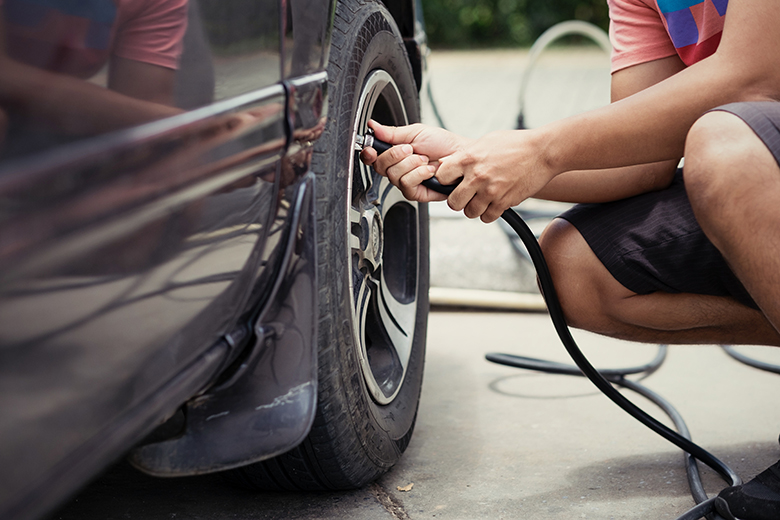 But even if your tires have plenty of tread left, experts recommend that you replace tires that are 6 years old or older, says Petersen.
But even if your tires have plenty of tread left, experts recommend that you replace tires that are 6 years old or older, says Petersen.
The Department of Transportation code on a car's tire shows the week and year it was manufactured.
To see how old your tires are, check the four-digit Department of Transportation code on your tire wall to find out when the tire was manufactured. The first two numbers stand for the week in the year it was made, and the other two are for the year. For example, if your tire has “1109” printed on it, then it was manufactured in the 11th week of 2009.
Finding the date code can be a little tricky. It’s usually preceded by the initials DOT. There are other numbers and letters after DOT; look for a set of four digits ending with two numbers that are recognizable as a year in the past.
A set of new tires can be pricey. But don’t put off replacing your tires, because they’re the most important safety feature on your car. New tires also can give your car a more comfortable ride, and some modern brands will even improve your car’s fuel economy. Check your tread depth and manufacture date, and you’ll know when it’s time to replace your tires.
New tires also can give your car a more comfortable ride, and some modern brands will even improve your car’s fuel economy. Check your tread depth and manufacture date, and you’ll know when it’s time to replace your tires.
About the author: Philip Reed is an automotive expert who writes a syndicated column for NerdWallet that has been carried by USA Today, Yahoo Finance and others. He is the author of 10 books. Read more
On a similar note...
Driving comfort, handling and safety level depend on the technical condition of tires. Car tires provide traction to the car in various climatic and road conditions. blog.ship-ship.ru
Driving comfort, handling and safety level depend on the technical condition of tires. Car tires provide traction to the car in various climatic and road conditions.
The tread is the outer layer of the tire. It comes into contact with the road, creates a contact patch and provides traction. The tread pattern differs in volume, consists of blocks, grooves, lamellas of a certain depth.
It comes into contact with the road, creates a contact patch and provides traction. The tread pattern differs in volume, consists of blocks, grooves, lamellas of a certain depth.
The tread is responsible for the grip of the wheels on dry, wet, snowy and icy roads. It removes water, dirt and snow from the contact patch. The system of blocks and grooves prevents the effect of hydroplaning, when a water cushion forms between the wheel and the road during rain.
The degree of wear of the tire tread affects the handling, maneuverability, stability of the car, and the length of the braking distance. There are requirements for the depth of the tread pattern. If the outer layer of the tire is worn out, then it is changed.
It is important to understand that worn tires are not able to cope with the tasks:
 One of the wheels may be above the road surface.
One of the wheels may be above the road surface. Tread wear is the main cause of deterioration in braking quality, poor handling and directional stability. At the same time, worn tires show equally unstable behavior on any type of road surface in rain, snow or dry weather.
Winter and summer tires differ in thickness, composition of the rubber compound, the number, shape and size of blocks and grooves. The selection of tires depends on the make and model of the car, body type and class, climatic and road conditions (city, highway, country roads, off-road), speed limit and driving style.
The new tires have deep grooves and numerous sipes that provide excellent traction. Manufacturers produce winter tires with three types of tread:
Spikes are used for driving on roads and ice that have not been cleared of snow.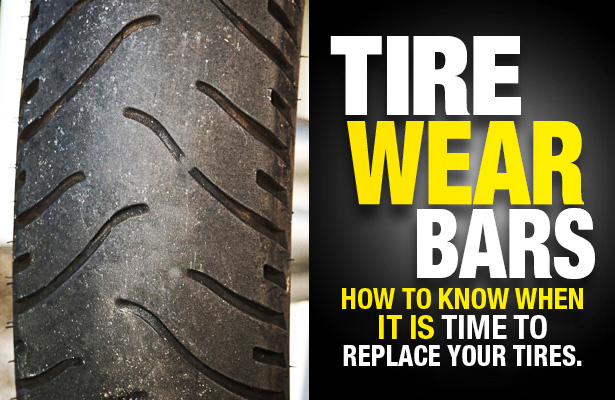 The spikes bite into the ice crust and split it, providing excellent traction. But when driving on dry asphalt, the spike loses its working properties.
The spikes bite into the ice crust and split it, providing excellent traction. But when driving on dry asphalt, the spike loses its working properties.
Velcro friction tires are suitable for driving on a dry clean road, melted and shallow snow, mud. The main difference between Velcro is the presence of lugs, special grip edges that increase the stability of the wheels on wet road surfaces.
Scandinavian tires are used in the conditions of the northern regions, which are characterized by extreme sub-zero temperatures and snowfalls. The main difference between the Scandinavian tread is wide sipes, massive numerous blocks cut by grooves.
In modern tire models, the tread height is 9-12 mm. The permissible wear level here will be from 4 to 6 mm. If the wear 'threshold' passes, the tire is changed regardless of how long it lasts.
Important: The tread of a winter tire is always 3-4 mm higher than the summer model.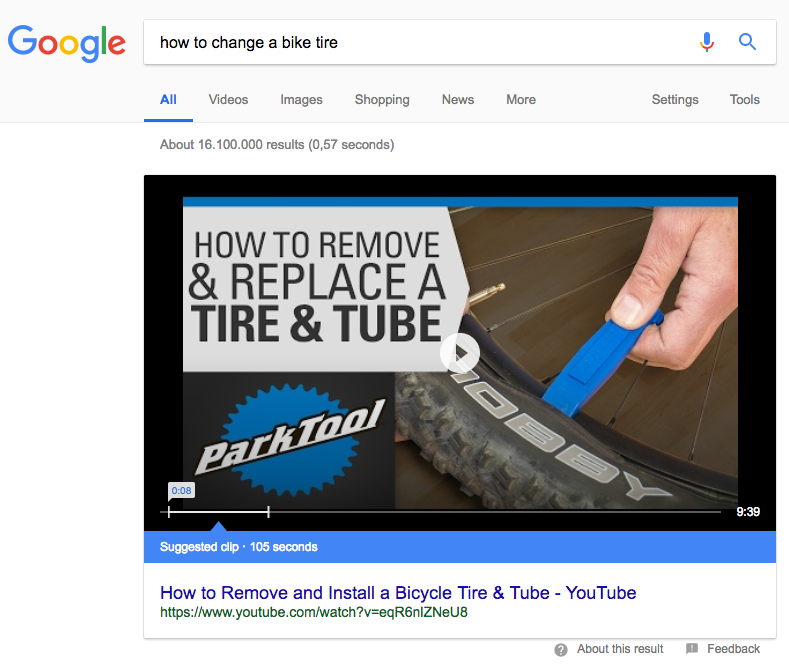 The depth of the Scandinavian tire pattern should also be sufficient - at least 8-9 mm.
The depth of the Scandinavian tire pattern should also be sufficient - at least 8-9 mm.
The need for replacement will also be indicated by special indicators located at the base of the tire.
The tread depth of summer tires is 6-8 mm. The minimum tread wear must be at least 1.6 mm.
The tread pattern must be clearly legible. Otherwise, the traction and grip properties of the wheels deteriorate, the tires cannot effectively remove water and dirt from the contact patch, and the effect of aquaplaning is possible.
For sports cars, the tread height is 12 mm. For SUVs, the height indicator increases by another 5 mm.
According to the rules of the road, the maximum allowable tread wear is:
 8 mm.
8 mm. The residual wear of the tread for minibuses and buses designed to carry more than 8 passengers is 2 mm.
In order not to get into an emergency on the road, the car owner should periodically check the wear of the tread pattern. This can be done in the following ways:
Take a measuring tool with a depth gauge - a caliper. Pull out the depth gauge, rest its nose against the base of the drawing. The caliper should rest against the top of the rubber.
You will see readings on a mechanical or electronic scale. If the value for summer tires is less than 1.6 mm, such tires need to be replaced urgently. For winter, this figure will be below 4 mm.
To make the reading as accurate as possible, measurements are taken from the base of the figure. It should be smooth, without protrusions.
Take a coin with a face value of two rubles.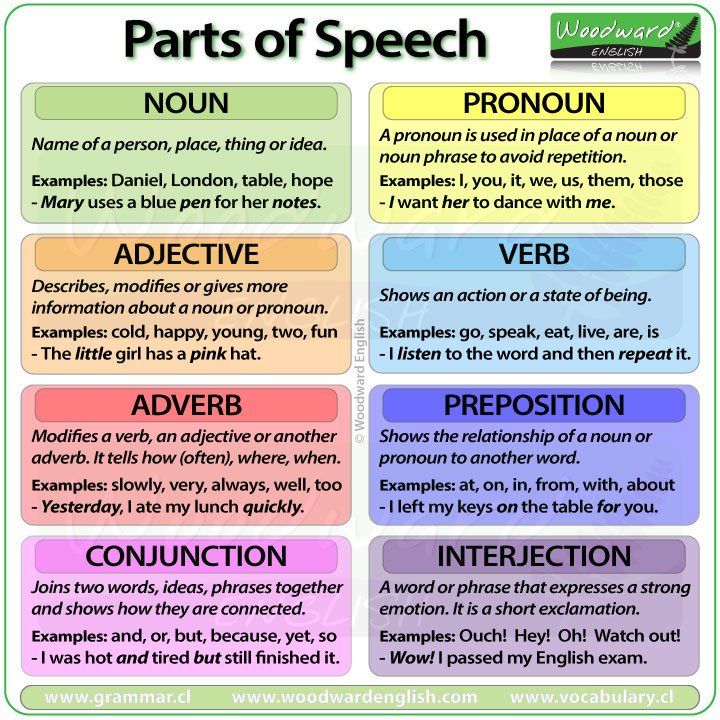 Put it in the groove. If the ‘meter’ deepened to the word ‘ruble’, the residual depth is 4 mm. If the word 'ruble' has disappeared - the depth is 6 mm. But if the protector hid only the beginning of the 'wreath', then 2 mm of the pattern remained. In this case, play it safe and replace the tires.
Put it in the groove. If the ‘meter’ deepened to the word ‘ruble’, the residual depth is 4 mm. If the word 'ruble' has disappeared - the depth is 6 mm. But if the protector hid only the beginning of the 'wreath', then 2 mm of the pattern remained. In this case, play it safe and replace the tires.
The ‘coin’ method is inaccurate and allows you to find out the approximate depth. It is used before passing the inspection or when buying tires with mileage.
Manufacturers today offer tires with special wear indicators. This is a special part of the drawing: it differs in color, shape, size.
On the surface of tires you can find the following indicators:

Tires don't always wear evenly. Car owners often face such a problem, and here are its main reasons:
When inflating wheels, follow the manufacturer's recommendations. Neglect of this rule will lead to excessive pressure in the tires.
Increased pressure increases noise, increases damage, reduces handling.
If the wheels are poorly inflated, there is a deflection in the central part. Decreased acceleration, increased fuel consumption, increased turning radius.
Under normal pressure, the rubber wears evenly.
When a wheel hits a hole, the wheel alignment is knocked off the pothole.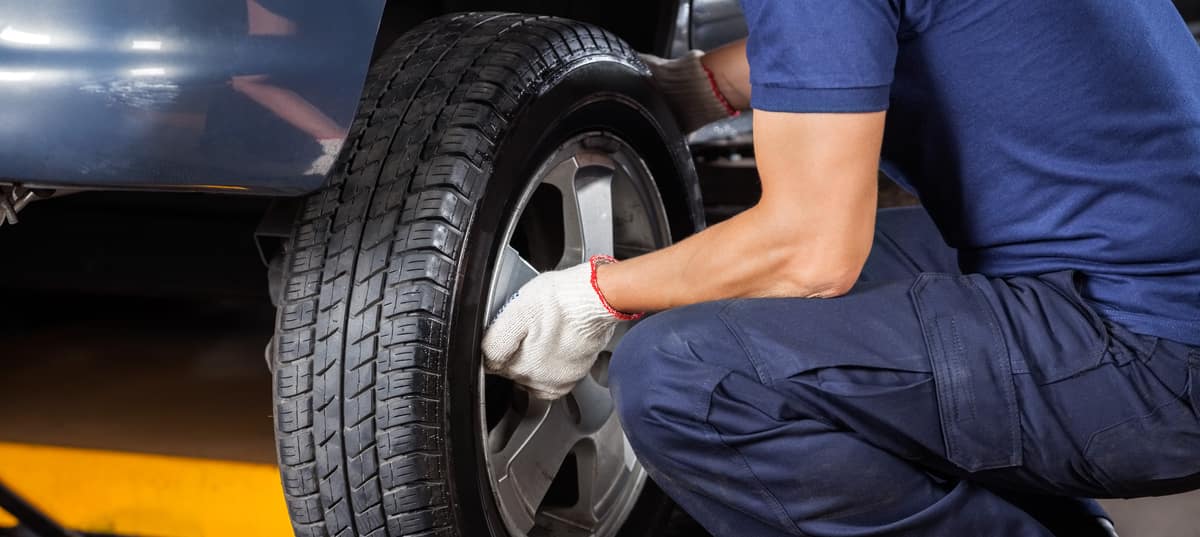 Car owners are not always able to determine this malfunction on their own and in a timely manner. The indicator is - different wear of the tread.
Car owners are not always able to determine this malfunction on their own and in a timely manner. The indicator is - different wear of the tread.
Excessive camber angle (positive or negative) leads to abrasion of the rubber in the shoulder areas. The cover is bevelled. A car with such wheels cannot move in a straight line, and the driver has to constantly tighten the steering rack.
Excessive toe angle (positive or negative) results in a 'knocked down' tread. The drawing is assembled into an accordion, forming a bumpy, rib-like surface.
Due to defects in tires or rims, it is impossible to properly balance the wheels. Such a ‘malfunction’ leads to uneven wear, poor handling and vehicle stability.
The first sign of defective rubber is the appearance of shocks, the beating of the steering column.
Suspension condition should be checked annually. Worn parts or failure of this part of the undercarriage of the machine will also lead to uneven tire wear.
Worn parts or failure of this part of the undercarriage of the machine will also lead to uneven tire wear.
Tires with residual wear of the tread pattern, rubber with cracks and cuts are subject to replacement.
It is important to remember that tires are subject not only to abrasive wear, but also lose their performance under the influence of climatic conditions, exposure to road dust, reagents, and high loads. The result of such influences is a hardened tire covered with microcracks.
Therefore, tires need to be changed every five years. This is the life of the tire, after which it loses technical and performance characteristics, even if the height of the residual tread allows the car to participate in road traffic.
02/11/2020 2020-02-11
Tags: #summer tires #Winter tires #winter studless tires
 Shelf life, storage and service life
Shelf life, storage and service life A car tire is a rubber elastic shell that is mounted on a disc rim. It is she who is in direct contact with the surface of the roadway and is directly designed to reduce small fluctuations on the roads, as well as to compensate for flaws in the trajectory of the wheels. During operation, it is subjected to heavy loads of a diverse nature, therefore it naturally has its own service life, which is influenced by a number of factors.
Expiration date is the period during which the company guarantees the possibility of using the product for its intended purpose and bears full responsibility for defects that arose through its fault.
When buying tires, you need to make sure that no more than three years have passed from the moment of production. The date of manufacture and any other information is very easy to find out, it is indicated on the tire label among the general information about dimensions, design, speed and load ratings.
Tire production date
Russian legislation establishes the service life of car tires under warranty in accordance with GOST 4754-97 and GOST 5513 - 5 years from the date of manufacture, but for tires, first of all, the main indicator is the quality of the product, not time its use.
According to GOST, the average tire life should be calculated in the following order:
Experts recommend replacing tires before they reach their expiration date. Some motorists believe that rubber is suitable if it is rarely used, and at the same time its age is already 5-6 years old, but this is an erroneous opinion! Indeed, due to the fact that defects appear in tires during operation and storage, they are associated with its oxidation and cracking - at a critical moment, it can let you down.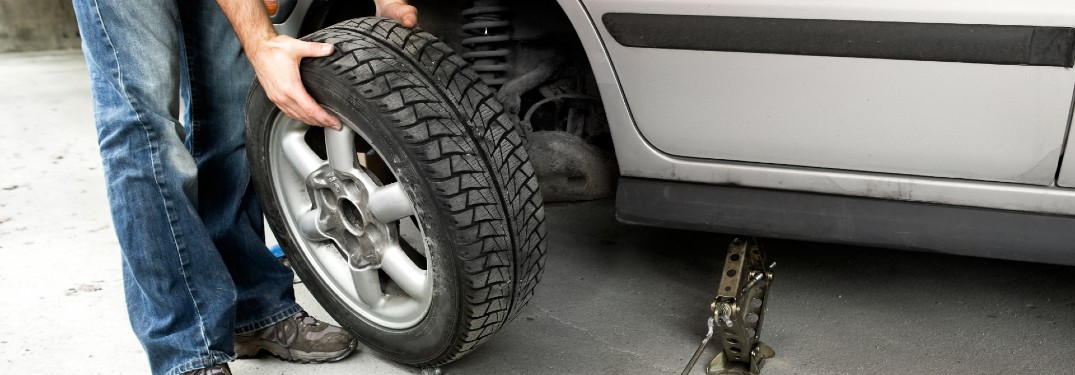
Shelf life is a certain period during which the product, subject to the established rules of storage and operation, must retain all its properties. If the shelf life has expired, this does not mean at all that the product is unsuitable for use, but its technical characteristics may decrease.
Tires can age through physical and chemical processes, this hypothesis applies to tires that are not used or little used. To prevent the aging process itself, special substances are added to the rubber compound that help counteract harmful chemical compounds with oxygen and ozone. Doing so will ensure that, when stored properly, the tire will meet the definition of a new tyre.
It should be noted that the warranty shelf life is not the service life of . The storage period for five years is set, not because the tire will deteriorate after that, but because, according to the law, the manufacturer does not have the right to establish a shorter warranty period, which is protection for the end user.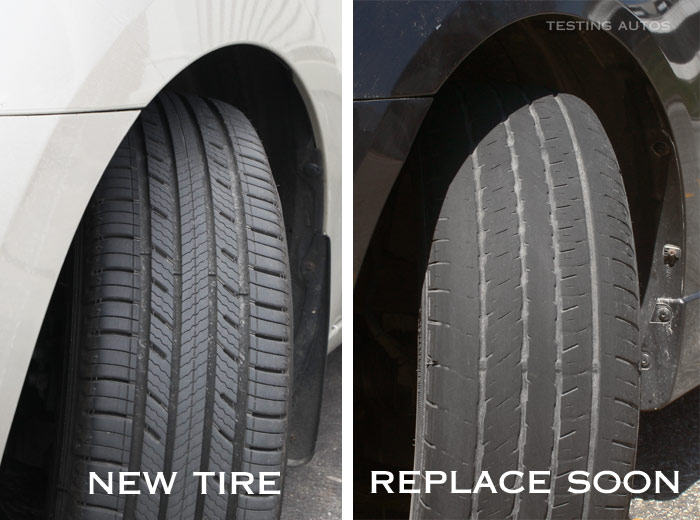
In recent years, many American experts believe that the shelf life and operation of car tires should be limited to 10 years. In turn, German experts believe that the expiration date of tires should be limited to 6 years, this also applies to new tires.
Rules and regulations for storage of pneumatic tires according to GOST 24779-81:
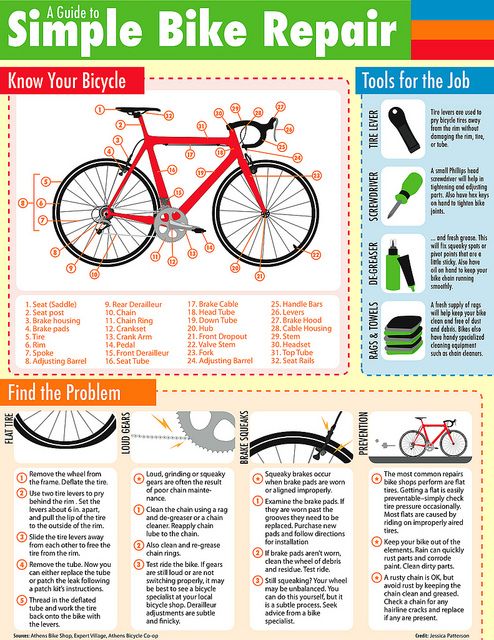
For a complete list of rules and recommendations for proper tire storage, see the article “How to store car tires”.
Well-known brands of imported tires such as: Bridgestone, Michelin, Goodyear and Dunlop last up to 10 years or more from the date of manufacture, this period is generally accepted throughout the world. But the total shelf life and storage in the warehouse, from the date of issue, tires Continental is no more than 5 years.
But the total shelf life and storage in the warehouse, from the date of issue, tires Continental is no more than 5 years.
Although, as we have already figured out, the storage conditions of tires mean a lot, not only new ones, but also those that were removed from the car until the next season. For example, nokian 9 tire expiration date0162 ranges from 3-5 years, subject to verification at least 1 time per year, after 5 years of use.
Unfortunately, the legislation does not establish the permissible storage periods for tires in a warehouse, but experts believe that a tire that has lain there for about 5 years is still equal to a new one.
The tire life of a vehicle is the period of time during which the manufacturer gives a guarantee for tires and is fully responsible for any defects that will be revealed during their operation. According to manufacturers, tires should last at least ten years, although in practice they have to be replaced approximately every 5-6 years, in some cases even less.
There are many different factors that affect the wear of car tires, the main ones are listed below:

Next, we will take a closer look at the instructions for certain actions that need to be taken in case of wear on car tires.
When diagnosing tires, in addition to the fact that it is imperative to pay attention to the degree of wear, there are also other equally important factors indicating the end of the service life.
In order to determine when the service life of car tires ends with a detailed inspection, you need to pay attention to the following points:

When any defects were noticed in the tires, it is recommended to carry out a replacement, and not a rescue restoration, in order to at least somehow delay the period of use.
To prolong the life of car tires, it is necessary to periodically diagnose them.
In order to make your tires last longer, you need to follow certain rules of use:
 This is because uneven tire pressure results in uneven tread wear. If the internal pressure is reduced by 10%, then this can lead to a 10-15% reduction in tire life. If the pressure is increased, then the wear also increases, but 2 times less than in the reduced one.
This is because uneven tire pressure results in uneven tread wear. If the internal pressure is reduced by 10%, then this can lead to a 10-15% reduction in tire life. If the pressure is increased, then the wear also increases, but 2 times less than in the reduced one. Since there is always more wear on the front (driving) wheels, then every 10-15 times. thousand or at the time of changing seasonal tires, it is advisable to change it in places.
Swapping front tires to rear tires
Scheme of swapping 5 car wheels
Please note that although there are tires with a directional and non-directional pattern, you still cannot change the direction of rotation of the wheel. And in the second option, the front wheels must be reboarded before being installed back.
It is necessary to check if the tires are correctly installed in relation to the rims, which is usually indicated on the sidewalls of the tires, this is important, since if the tires rotate in the opposite direction to the design, all their performance will be significantly reduced in all modes of operation of the car.
Non-directional tire replacement scheme
All-wheel drive tire replacement scheme
